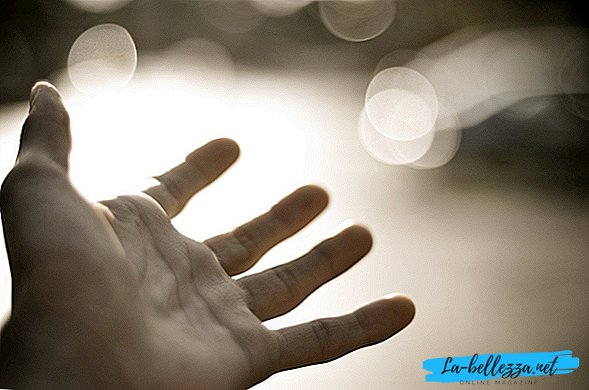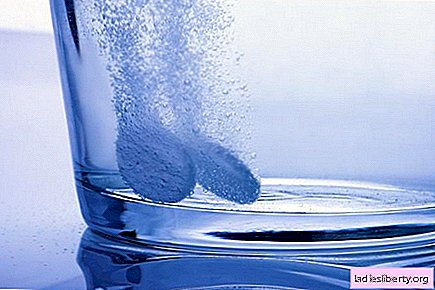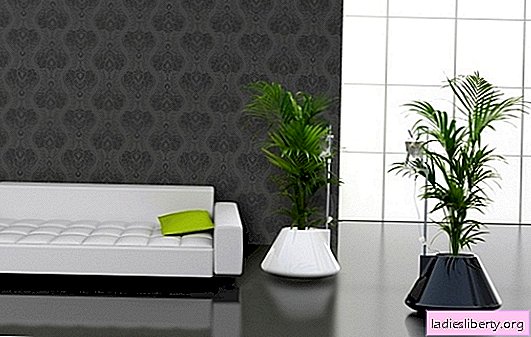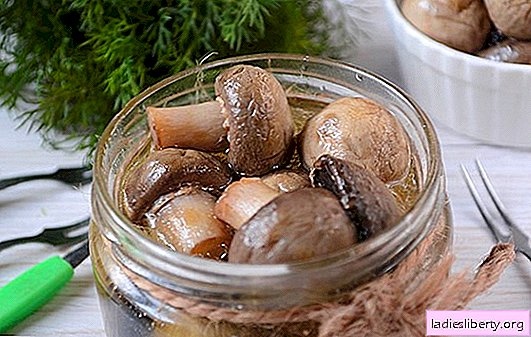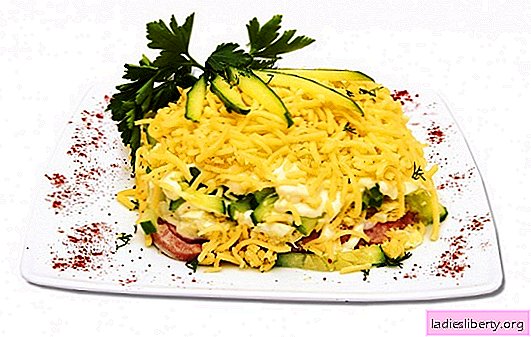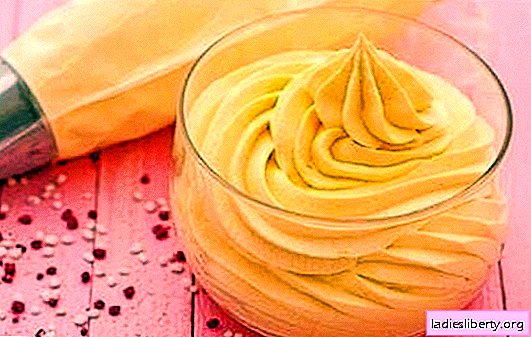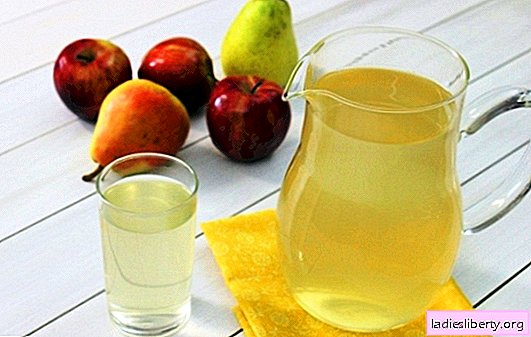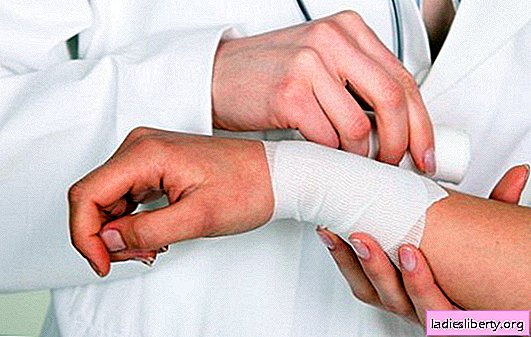
Pain in the veins and their excessive visibility can cause not only physical, but also psychological discomfort, especially in women.
This symptom cannot be ignored, since it can signal the development of various pathologies.
Sore veins in the arms: the main causes
Veins in the arms can hurt for the following reasons:
1. With varicose veins. A difficult profession usually leads to such a disease, in which you have to lift and carry weights. Also, its appearance can be caused by a person's genetic predisposition to varicose veins.
With such a disease, a person feels the veins are expanding from the inside. He may also be bothered by the frequent numbness of his hands and their swelling. If you do not treat varicose veins, then over time the veins become so thin that they will burst at the slightest load, causing severe bleeding and subcutaneous bruising.
2. Thrombophlebitis - This is a disease in which the walls of the superficial veins become highly inflamed. It can also be accompanied by the formation of blood clots (clogging) in the veins, which leads to severe pain and a feeling of heaviness in them.
3. Thrombosis in deep veins often proceeds with little or no symptoms. He may not express himself in any way, up to the formation of severe complications (paralysis of the limbs, etc.). For this reason, at the first signs of thrombosis (heaviness in the hands, expansion of veins, pain on palpation, fever), a thorough diagnosis is necessary.
4. Postphlebitic syndrome may occur due to complications from deep vein thrombosis. It is accompanied by circulatory disorders in the veins, their pain and inflammation.
Sore veins in the arms: additional reasons
In addition to the main reasons, such diseases can provoke this pain:
1. A sharp increase in blood pressure can increase blood flow through the veins and cause pain in them.
2. Excessive load on the hands (lifting weights or carrying bags for a long time) can cause pain in the veins.
3. Hyperpigmentation of the skin is a disease in which the release of red blood cells into the space between cells is impaired.
4. Severe dermatitis and eczema can provoke a rash, peeling and pain in the veins.
5. Trophic ulcers. They are formed due to lack of nutrients in the blood, as well as the deposition of fibrin. Most often, they develop on the legs (legs) of a person, but in rare cases they can be localized on the inside of the hands.
Sore veins in the arms: treatment
After examination and diagnosis, the attending physician selects a course of treatment (depending on the identified disease).
Classical therapy against pain in the veins involves the intake of such groups of drugs:
1. Medicines that reduce the extensibility of the walls in the veins and increase their elasticity.
2. Drugs that improve blood flow and overall blood circulation in the body (Detralex, Venarus).
3. Preparations for inciting too thick blood.
4. Anesthetics (with severe pain in the patient).
5. Anti-inflammatory drugs to relieve swelling from the extremities and reduce the inflammatory process. For this, injections, tablets, as well as therapeutic gels and ointments can be prescribed.
6. Antipyretic drugs (if the patient has a high fever).
During treatment, it is very important that the patient rid his hands of any physical exertion as much as possible. It is also advisable for him to observe bed rest so as not to lower his arms when walking.
In addition, the use of an elastic bandage, which needs to rewind sick hands daily, is very effective. It will restore blood circulation, and relieve swelling.
As physiotherapeutic procedures, the patient can be prescribed:
• laser therapy;
• ultrasound therapy;
• therapeutic exercises;
• massotherapy.
Today, laser therapy is one of the most effective, and at the same time absolutely painless procedures for the rapid treatment of veins and blood vessels. With it, you can restore damaged walls of the veins.
Also, laser therapy can "stick together" some veins, so blood will not pass through them. Thus, after some time, a diseased vein completely ceases to exist, and at the same time does not cause any harm to humans.
If the traditional medical and physiotherapeutic treatment method did not help get rid of blood clots or inflammation in the veins, then in this case the patient undergoes surgery. During this operation, the surgeon will remove the "problem" vein.
As a rule, a person recovers quite quickly after such a procedure and no longer suffers from a similar disease.
In order not to provoke complications after surgery, the patient must remember these rules:
• during the month after the operation, you should not take a hot shower or bath;
• Do not wash your hands with hot water;
• at least six months after the operation, you must refuse to lift weights;
• daily do hand gymnastics and therapeutic massage, which includes rubbing the skin (it is important to always use healing creams and ointments, and not do massage on dry skin).
Also, during treatment, the patient is prescribed various vitamin complexes (especially with vitamin P and A). You need to take them for at least a month in order to achieve improvements in health and increase immunity.
As an auxiliary treatment, the patient is prescribed a special diet, the effect of which is aimed at improving digestion and blood circulation in the vessels and small capillaries.
The patient needs to refuse to take such products:
• spicy food;
• salty food;
• smoked meats and semi-finished products;
• carbonated drinks.
The basis of the diet should be steamed vegetables, cereals, fruits and freshly squeezed juices.
It is especially useful for pain in the veins to use such products:
• pomegranate and juice from it (you can drink up to two glasses a day);
• blackcurrant and tea from its leaves;
• Apple juice;
• garlic (in small quantities kindles blood);
• carrots and freshly squeezed juice from it;
• beets and juice from it;
• juice from red grapes;
• boiled beef meat;
• dried fruits compote;
• nuts.
Sore veins on the hands: folk remedies for treatment
With severe pain in the veins on the hands, various compresses can be used. The most effective of these are recipes:
1. Tomato compress (helps relieve pain and swelling from the veins):
• chop two green tomatoes into small pieces;
• put them on gauze and attach to a sore vein;
• wrap with a bandage and leave overnight;
• repeat the procedure daily for five days.
2. Garlic Remedy (relieve inflammation from veins):
• grate a few cloves of garlic on a fine grater;
• mix it with olive oil;
• apply the finished mixture to a diseased vein;
• put a gauze bandage on top and leave the compress overnight;
• repeat the procedure for seven days.
3. Vinegar compress:
• mix apple cider vinegar with vegetable oil in equal proportions;
• grease a sick hand with a ready-made product and leave for twenty minutes;
• after this time, apply the same compress again;
• do such lotions daily for ten days.
4. Herbal remedy:
• mix the color of wormwood with honey;
• add infusion of oak bark (half a glass);
• in the finished liquid, blot the gauze and apply it to the inflamed vein;
• leave for two hours;
• repeat such treatment for ten days. They will help relieve pain and inflammation.
Veins on the hands hurt: preventive measures
In order to prevent the development of various diseases of the veins on the hands, it is necessary to adhere to such recommendations:
• Do not carry bags that are too heavy (weighing more than 5 kg). If you still need to raise such a weight, then you need to evenly distribute it on both hands;
• take a contrast shower (warm-cold water). It tones the state of the veins;
• eat right. The basis of the menu should be cereals, fruits and vegetables (it is these products that maintain normal blood viscosity and do not clog vessels);
• pay attention to pain in the veins and their expansion on time. With such symptoms, you should consult a doctor;
• do self-massage of hands and rub them after lifting too heavy things;
• often raise your arms up to stabilize the flow of blood and reduce its pressure on the veins.

